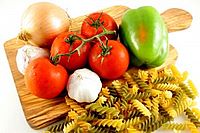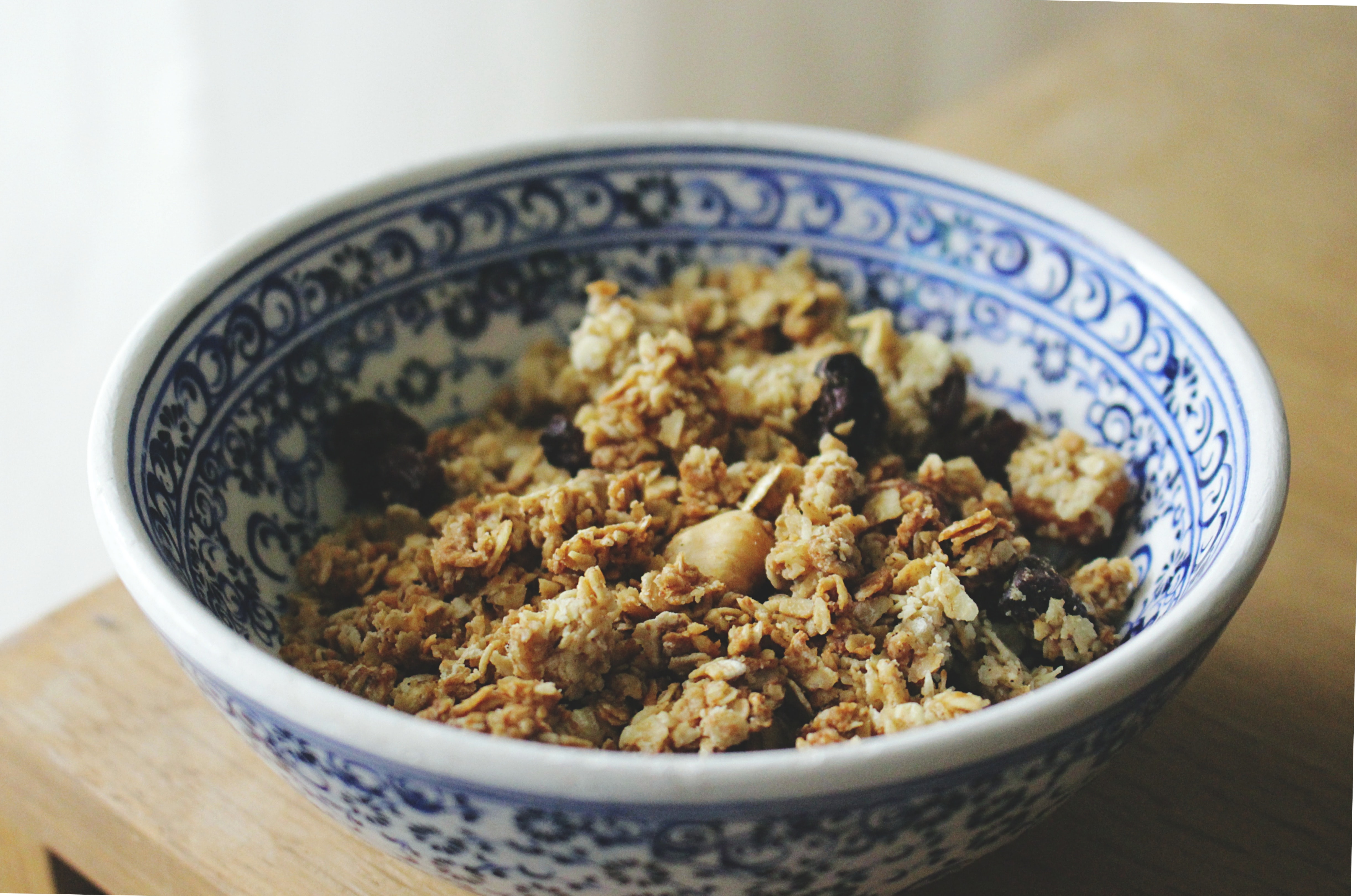
Low Glycemic Index Diet Benefits
Fatty Liver Risk Linked To High Glycemic Index Diet
Low GI Diets and the glycemic index have interested me for a long time. The Low Glycemic Index of foods has helped friends to lose weight sensibly without starving themselves. One friend even used it to help heal her polycystic ovary syndrome.
A major complaint is that for getting rid of excess weight, a low GI diet is very slow. The weight comes off gradually but the benefit is that it is more likely to stay off than doing a crash diet. Most dietitians and nutritionists approve of the low glycemic diet especially because it provides sustained energy levels by regulating blood sugar. This is good news for those who have type 2 diabetes.
This Low GI article below is taken from
NaturalNews.com and provides great information on why a Low Glycemic Index diet is far healthier as a long-term diet for you. Researchers have found that even just consuming a Low-GI breakfast is associated with keeping the metabolic response active at a higher rate for a longer period of time than other breakfast options with less of an increase in glucose or insulin levels.
Make A healthier Lifestyle Choice - Low Glycemic Index Foods
Eating carbohydrates high on the glycemic index (GI) produced not only fatter mice, but mice with fatty livers according to a recently published study (1). For twenty-five weeks two groups of mice were fed a diet high in carbohydrates. One set had carbohydrates high on the GI while the other group received low glycemic index carbohydrates. At the end of the study, both sets of mice weighed about the same, but the group that ate high on the GI had twice as much total body fat, twice as much fat in their blood and twice as much fat around their livers.
This type of condition is called non-alcoholic fatty liver disease (NAFLD) and is now estimated to affect one in three obese children and two out of three obese adults. Left untreated, NAFLD can lead to liver failure and death. NAFLD was first documented during intestinal bypass surgery in adults in the 1950s, in adults with diabetes in the 1970s and now in obese children. Any fat in the liver is considered diseased and in advanced cases, the liver is inflamed and damaged from scarring.
Just because a person is an ideal weight does not mean they do not have NAFLD, but this condition is strongly linked to obesity, type-2 diabetes and elevated blood lipids. The only known treatment is a gradual weight loss from a low GI diet and exercise.
Low Glycemic Index Foods
Low glycemic index (GI) foods are those that release glucose slowly into the bloodstream, helping to maintain blood sugar levels. Some examples of low GI foods include:
- Fruits and vegetables such as apples, bananas, broccoli, cauliflower and spinach
- Grains like quinoa, oats and barley
- Whole grain breads and pastas
- Legumes such as lentils and beans
- Nuts and seeds including almonds and walnuts
- Yogurt
- Seafood like salmon, tuna or shrimp
Carbohydrates & Sugars

Carbohydrates (carbs) are found naturally in fruits, vegetables and grains. All carbs contain sugars which can be absorbed quickly in the human body. This causes a sharp rise in blood sugar, triggering the body to produce insulin so the sugars are absorbed by the body's cells to burn for energy. If more carbs exist than can be used by the body, it is stored for future use as fat.
In their natural state, carbs are found with fiber which slows the absorption of the sugars allowing the body to release smaller amounts of insulin. In the modern diet, these fibers are processed out of the food making them quickly absorbable. Making the body produce large amounts of insulin several times a day, over time, will cause the cells to become insulin resistant. This means the body has to produce larger amounts of insulin to rid the sugar from the blood. Soon the pancreas wears out and can not produce the needed amounts of insulin, causing diabetes.
Foods have been assigned a number on the Glycemic Index to show how fast their energy is absorbed, producing a rise in blood sugar levels. This number, along with the amount of carbs found in a serving of food, give a glycemic load (GL) which gives a better picture of how the food affects the rise in blood sugar.
Foods high in GI are mashed potatoes, white bread and steamed white rice. All of these foods have been processed to remove the natural fiber content. Low Glycemic Index Foods are whole grain rye, whole fruits and whole vegetables. When foods are eaten as close to their natural state or unprocessed, the lower on the Glycemic Index scale they rate. A list of 100 foods and their GI and GL index can be found here List of Foods and Glycemic Index
This of course means eating meals consisting of whole produce and eliminating highly processed convenience foods is the best way to lower your GL. A good resource for a low carb diet is the South Beach Diet by Dr. Arthur Agatston.
Sources:
(1)September issue of Obesity. Dr. David S. Ludwig of Children's Hospital Boston.
(2)The South beach Diet, Arthur Agatston, MD
About the author
Jill R. Schaumloeffel is an amateur researcher in the areas of alternative medicine and procedures. She applies her over twenty-five years of technical engineering training to writing technical white papers, webcopy and product description. More information can be found at jrschaum.googlepages.com.
More Low Glycemic Index Information
Detox For Life Homepage


